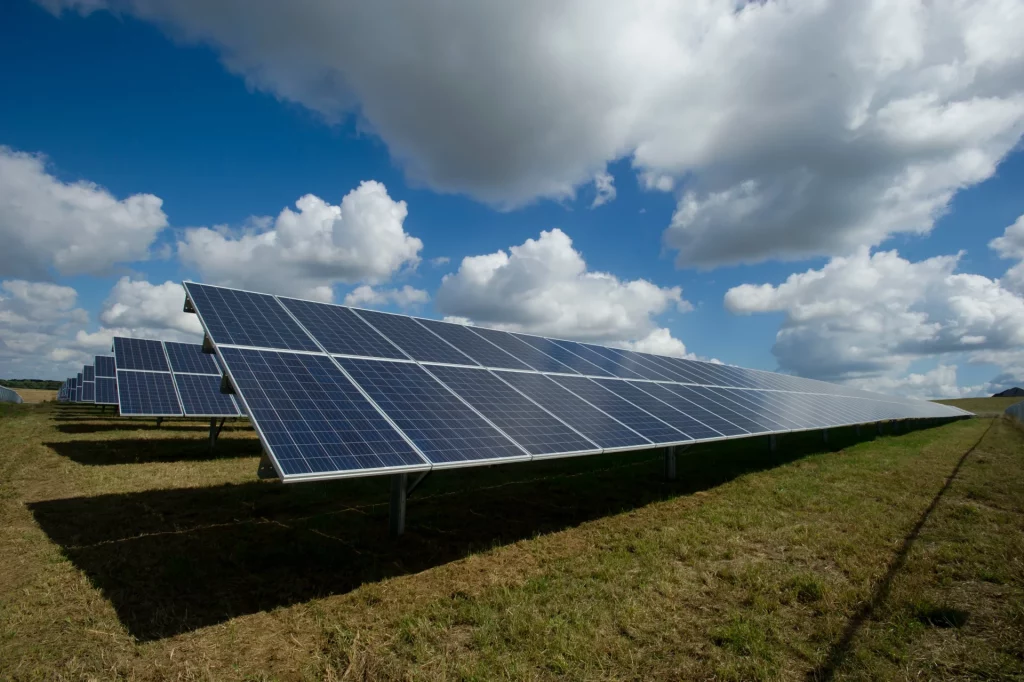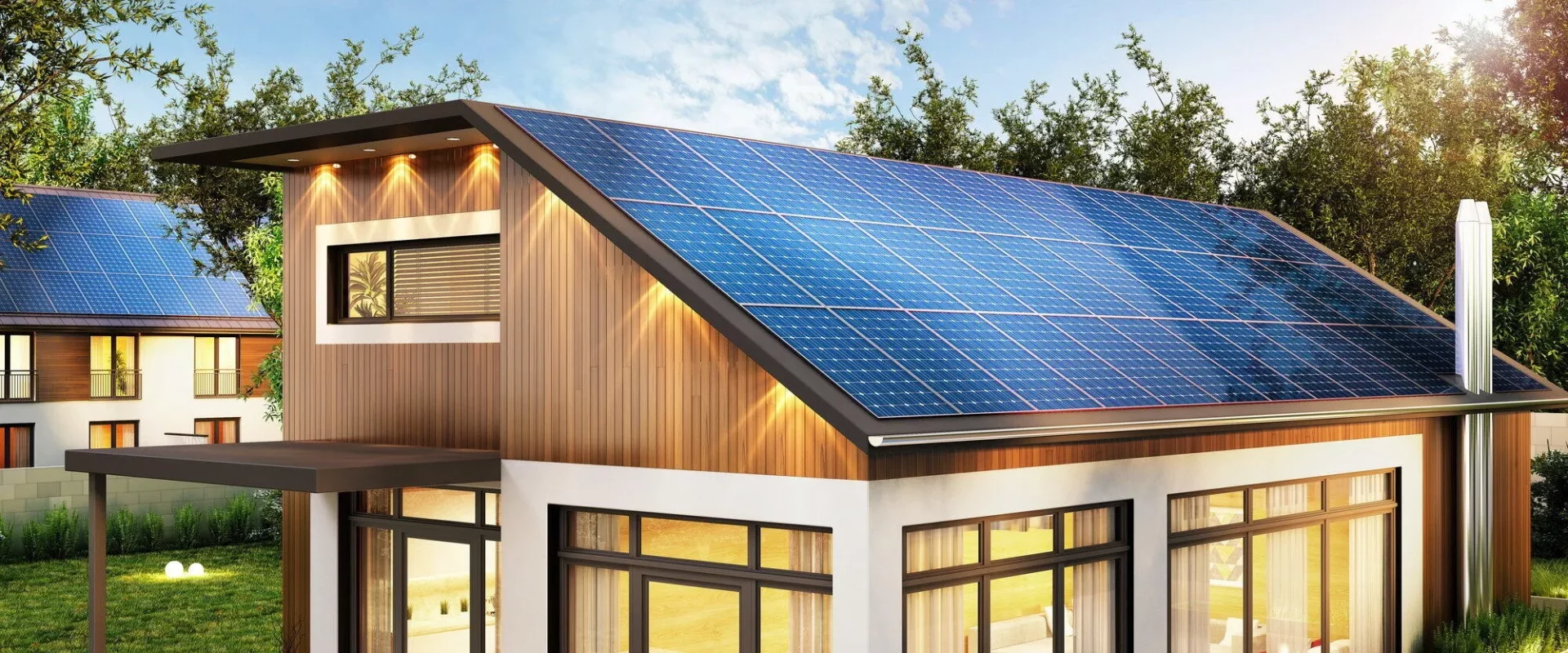Installing solar panels is a smart investment that helps homeowners save money and reduce their carbon footprint.
However, to ensure the largest efficiency and energy savings, it is important to understand the optimal angle for solar panels. The optimal angle is the angle at which the panels receive the most sunlight throughout the day.
In this blog post, we’ll discuss the factors that affect the optimal angle for solar panels.
1. Latitude
Latitude determines how the sun’s angle is perceived from various parts of the world. In general, the closer a location is to the equator, the less the sun’s position varies throughout the year. This is because the sun’s rays are more vertical at the equator, especially during the equinoxes.
Meanwhile, areas further from the equator have a more significant angle change, which means that the optimal angle of solar panels installed in these areas will differ throughout the year. For instance, the optimal angle for solar panels installed in San Diego will be different from the optimal angle in Anchorage, Alaska.
In San Diego, it’s around 30-35 degrees, and in Alaska, it’s around 60-65 degrees. A higher latitude will need a steeper angle for the solar panels to still receive enough energy from the sun, while a lower latitude will need a less steep angle.
2. Time of Year
The tilt of the Earth’s axis creates the change of seasons, and this affects the optimal angle of solar panels as well. In summer, when the sun’s rays are straighter, the best angle for solar panels will be less steep, while in winter, it will be steeper.
This is because, in winter, the sun’s rays hit at a shallower angle and are spread over a wider area, meaning that solar panels need to be oriented at a steeper angle for the largest energy production. Moreover, the difference in solar radiation every day prevents solar systems from generating the same amount of energy, which is why seasonal adjustments are critical.
3. Roof Pitch
The roof pitch affects the amount of sunlight hitting the panel. As a general rule of thumb, the optimal angle of the solar panel is equal to the latitude of your location. For example, if you live in a location with 40 degrees latitude, the angle of your solar panel should be approximately 40 degrees.
However, if your roof has a shallow pitch, it may be challenging to achieve the optimal angle. In such a case, you may have to use a lower angle.
The Solar Energy Industries Association (SEIA) recommends using a pitch angle of 15 degrees for roofs with a pitch of less than 3/12. For roofs with a pitch between 3/12 and 5/12, a mounting angle of 25 degrees is recommended.
4. Shade
When there is shade over your solar panels, the amount of solar energy that the panel converts into electricity reduces. This results in poor energy production of the solar panel system. It is essential to ensure that your solar panels are installed in a location where the panels receive maximum sunlight.
Panel efficiency is reduced even when a small shadow falls over the panel. If your roof has tall trees or nearby buildings that cause shade, it is best to trim the trees and remove any obstacles that might obstruct the panels from receiving direct sunlight.

5. Panel Type
The design and construction of solar panels are unique, and certain panels have their tilt angle requirements for optimal performance. Some solar panels are made up of a single large cell, while others have many small cells. Monocrystalline panels and polycrystalline panels might have different solar panel tilt, and the same is true for thin-film panels.
Hence, make sure to read the manufacturer’s specifications while deciding on the angle for panel installations. Monocrystalline panels are usually more efficient than polycrystalline panels and thin-film panels, so they need less tilt. An angle of 20-30 degrees from the surface is enough for monocrystalline panels.
Polycrystalline panels, which are more cost-effective, operate best at a tilt angle of 30-40 degrees. Thin-film panels that are flexible and lightweight need the steepest angles of around 50-80 degrees. So, to know more about optimizing solar panel installation, check more details here.
6. Wind
High winds can cause damage to solar panels, making them less efficient or even dislodging them. Typically, the optimal angle for solar panels varies according to the strength of surrounding winds. If you live in an area that experiences high-speed winds, it may be beneficial to adjust your panels at an angle from 25 to 30 degrees.
This angle will help reduce drag, ensuring your panels remain stable and unaffected by high-speed winds. For areas with low wind speeds, adjusting the panel’s angle at 15 to 20 degrees is optimal.
7. Temperature
Solar panels work by converting sunlight into electricity through the process of photovoltaic (PV) effect. However, as temperature increases, the conductivity of the materials used in PV reduces, reducing the panel’s efficiency. The optimal temperature for most panels ranges between 77-86°F (25-30°C).
If panel temperature increases beyond this range, the efficiency starts to decline. To mitigate this, solar panels must be installed at an angle that’s optimized for temperature conditions.
According to experts, tilting up the panels above your horizon can help reduce temperature and maintain panel efficiency. If you live in a warmer area, it’s a good idea to install your panels at a higher angle to ensure they function at their optimal capacity.
8. Cloud Cover
The more clouds, the less sunlight reaches the Earth’s surface. While it seems like there’s not much that can be done about the weather, there are still ways to optimize your solar panel’s setup.
If you live in an area with high levels of cloud cover, you might want to consider installing your solar panels at a steeper angle to capture as much sunlight as possible. On the other hand, if you live in an area with low levels of cloud cover, your panels might not need to be tilted as much.
Uncover the Science Behind the Optimal Angle for Solar Panels
It is important to understand the various factors that can impact the optimal angle for solar panels. By considering aspects such as location, seasonality, and panel efficiency, one can determine the best angle for the largest energy production. As we strive towards a more sustainable future, let us harness the power of the sun and make informed decisions when installing solar panels.
Don’t forget to check and adjust the angle for optimal performance. Let’s embrace solar energy and make a positive impact on both our wallets and the environment.
Like this article? Read more about these topics on our blog.

Jasper Bruxner is a passionate and versatile blogger with a keen eye for trends and a knack for crafting engaging content. As the founder of WendyWaldman, he has established himself as a trusted resource in a diverse range of niches, including food, tech, health, travel, business, lifestyle, and news. He tends to share the latest tech news, trends, and updates with the community built around Wendywaldman. His expertise and engaging writing style have attracted a loyal following, making him a respected voice in the online community.




